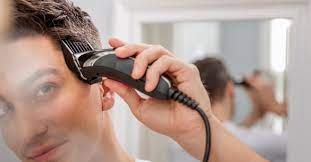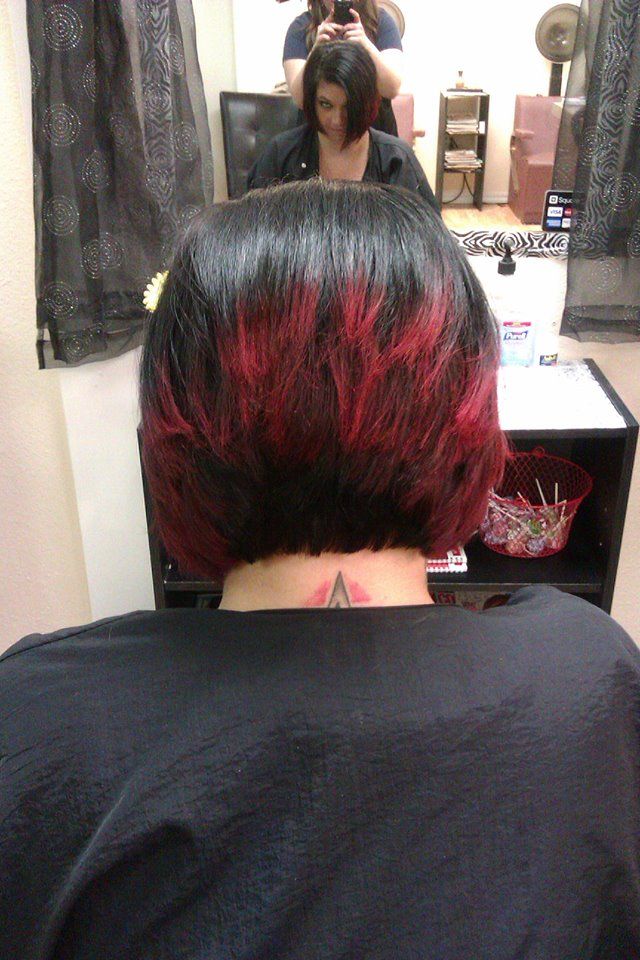Choosing Clippers with the Right Features

Sposito advises choosing sturdy clippers with features like anti-rust or blade protection to ensure a professional-looking home haircut. Also, make sure the clippers have attachment combs tailored to your desired style.
Blades and Their Influence on Your Cut
Different blades on clippers can significantly affect your haircut. Self-sharpening blades are better at cutting hair than standard steel ones because they lift and trim gently instead of tugging on each strand. Stainless steel is standard, but there are also titanium-coated and ceramic options. Ceramic blades stay sharp longer and are less susceptible to heat damage but may be more expensive. Use a sharpener designed for your clippers, and refer to the user manual for guidance.
The Importance of a Reliable Motor
The motor powers the blades, making high-quality clippers stand out from cheap ones. Established manufacturers provide clippers with warranties and customer support. Look for clippers with robust, reliable motors that cut through hair quickly and smoothly. Magnetic, pivot, and rotary designs are expected, with rotary models providing more power for thick hair. Your clippers should come with different-sized guards for precise blade length.
Understanding the Difference Between Clippers and Trimmers
Clippers are great for low-cut looks, while trimmers offer more versatility for edging, outlining, dry shaving, and grooming sensitive areas. Before purchasing, learn the difference between clippers and trimmers to avoid uneven haircuts or injuries. Most modern clippers can effectively cut both hair and beards.
Safety and Regular Maintenance
hair clippers are safe and efficient alternatives to scissors or razors, especially for men with thick or lengthy hair. However, regular maintenance is necessary to use them safely. Choose the appropriate clipper guard size for your desired haircut, and start by cutting the sides and back of your head using a mirror as a guide. Then move to the top layer, running the clipper smoothly from front to back. Check-in a mirror for missed spots and make corrections if needed.

